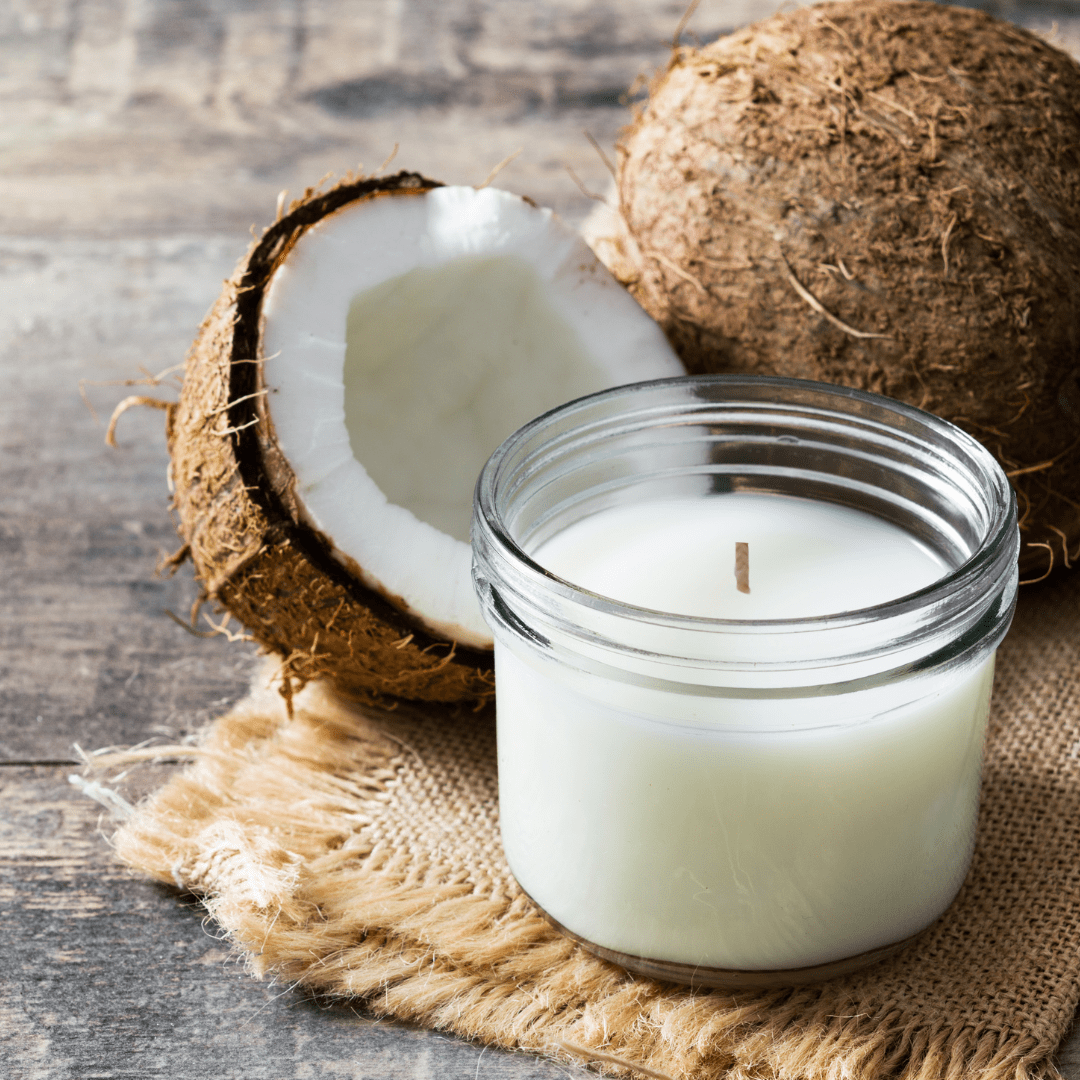From Wick to Wax: Comprehending the Chemistry Behind Soy Wax Candles and Their Ecological Influence
As we illuminate our spaces with the cozy glow of candle lights, there lies a world of intricate chemistry behind the apparently simple act of lighting a soy wax candle light. The selection between soy and paraffin wax prolongs past plain visual appeals, delving into the world of environmental impact and the very make-up of the products. Comprehending the molecular framework of soy wax and its combustion process loses light on the emissions launched right into our surroundings. Join us as we unwind the clinical complexities behind soy wax candle lights and explore their ramifications on our setting.
Soy Wax Vs. Paraffin Wax
When comparing soy wax and paraffin wax for candle making, it is necessary to comprehend the unique attributes and advantages of each product. Soy wax is an all-natural, renewable energy originated from soybean oil, making it naturally degradable and eco-friendly - home fragrance. On the other hand, paraffin wax is a byproduct of petroleum refining, which increases issues concerning its environmental impact and sustainability
Soy wax candles shed cleaner and release much less residue contrasted to paraffin wax candle lights, making them a much healthier choice for indoor air high quality. Additionally, soy wax has a lower melting point, permitting a longer-lasting candle light that disperses fragrance better. Paraffin wax, on the various other hand, tends to shed faster and much less cleanly, possibly releasing hazardous chemicals right into the air.
From a sustainability point of view, soy wax is preferred for its biodegradability and sustainable sourcing, straightening with the growing consumer preference for eco mindful items. While paraffin wax has been a typical choice in candle making due to its price and convenience of usage, the change towards eco-friendly choices like soy wax is obtaining energy in the market.
Chemical Composition of Soy Wax

Combustion Process in Soy Candles
The chemical composition of soy wax straight influences the burning process in soy candles, affecting elements such as burn time, fragrance release, and environmental impact. When a soy candle is lit, the heat from the flame thaws the wax near the wick.
The burning effectiveness of soy candles is affected by the pureness of the soy wax and the top quality of the wick. Furthermore, soy wax candles have a reduced ecological effect compared to paraffin candle lights due More about the author to their sustainable and naturally degradable nature.

Environmental Advantages of Soy Wax

Considered a lasting alternative to standard paraffin wax, soy wax provides significant environmental advantages that make it a popular option among eco-conscious consumers. Soy wax burns cleaner and produces less soot than paraffin wax, contributing to far better interior air quality and decreasing the requirement for cleaning and maintenance. Overall, the ecological advantages of soy wax straighten with the growing need for lasting and environment-friendly items in the market.
Recycling and Disposal Factors To Consider
Recycling and correct disposal of soy wax candle lights play an important role in preserving ecological sustainability and lowering waste in communities and households. When it comes to reusing soy wax candle lights, the very first step is to guarantee that the candle has burned completely.

In regards to disposal, if recycling is not an alternative, soy wax candle lights are biodegradable and can be securely thrown away in the majority of family waste systems. It is constantly advised to check with local reusing centers or waste monitoring solutions for specific standards on candle light disposal to make certain correct handling and ecological security.
Final Thought
In conclusion, the chemistry behind soy wax candle lights reveals their ecological advantages over paraffin wax candle lights. Soy wax, acquired from soybean oil, burns cleaner and creates less soot when contrasted to paraffin wax.
When contrasting soy wax and paraffin wax for candle making, it is essential to comprehend the distinctive characteristics and advantages of each product (candles).Soy wax candles shed cleaner and emit less residue compared to paraffin wax candles, making them a much healthier selection for indoor air high quality.Taken into consideration a sustainable option to traditional paraffin wax, soy wax uses remarkable environmental benefits that make it a preferred choice amongst eco-conscious consumers. Soy wax burns cleaner and creates much less soot than paraffin wax, contributing to far better interior air high quality and minimizing the requirement for cleansing and maintenance.In conclusion, the chemistry behind soy wax candles discloses their environmental advantages over paraffin wax candle lights